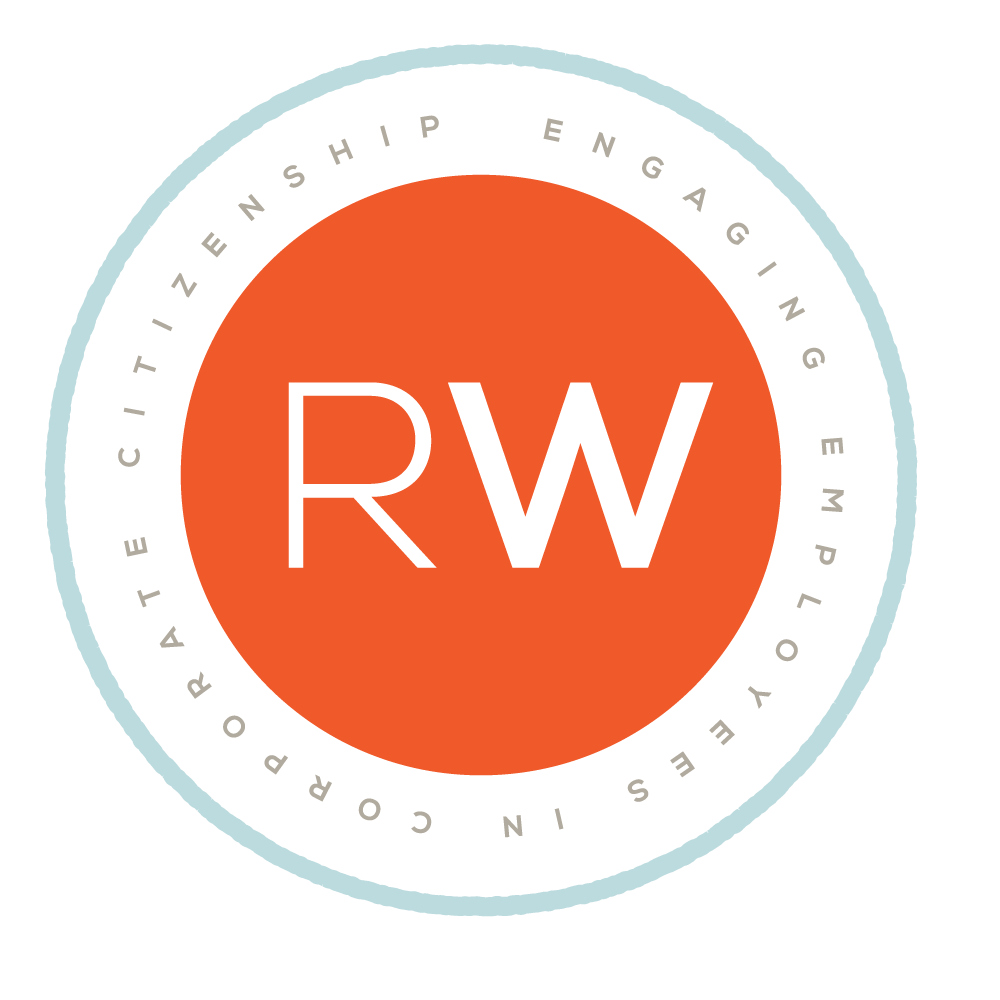Top 7 CSR and Employee Volunteering Trends & Challenges
By Angela Parker

Corporate volunteering and giving programs promise inspiring global impacts, but the short-term can be wrought with challenges. One of those challenges is simply a sense that you’re out there on your own. The following list is not only intended to assure you that you’re in good company, it’s also meant to serve as an invitation to join a problem-solving session with like-minded companies in your area. Scroll to the end for more information.
1. Identifying What’s Going On, Locally & GloballyCompanies are confident that their employees are giving and volunteering all over the world. Now and then, stories trickle in from a plant or a global site about a backpack drive or a disaster relief effort, but companies do not know how to gather or capture this information.
2. Measuring ImpactCSR practitioners tend to be people who believe in the inherent value of giving and volunteering. However, the people they work for need to see proof. What is volunteering doing for employees? Are they more engaged? How do we know? Is there a real contribution to the company’s bottom line? What about the community? Does planting a few trees really make a difference? Companies need help identifying the measures of success and tracking and reporting impact.
3. Choosing a Workplace Giving PlatformIdentifying what’s going on and deciding how to measure impact both lead inevitably to a conversation about workplace giving platforms. The availability of these tools and the features they offer are increasing rapidly, which only makes the decision more difficult to make for CSR practitioners who are already overworked and under-resourced.
4. Engaging Mid-Level ManagersOf all barriers corporate volunteering and giving programs encounter, mid-level managers are at the top of the list. Most managers do not understand the benefit of allowing time for their employees to volunteer. In the majority of cases, they do not have a stake in the program and have not experienced the benefits of volunteering for themselves. At many companies, program participation rates are due almost entirely to the buy-in (or lack thereof) of each business area’s managers.
5. Increasing Broad ParticipationTypically, a small group of employees volunteer consistently at the same type of event. While these volunteers are valued and appreciated, companies want to know how to recognize both employees who never volunteer as well as employees who volunteer sporadically and engage them in a meaningful way.
6. Implementing Skills-Based VolunteeringSkills-based volunteering is a trend on the rise and companies know they need to get with the times. With this particular topic, most companies are in a “collecting” stage, asking questions like:
- What are some examples of skills-based volunteering?
- What other companies are doing it?
- Are there organizations that offer skills-based volunteering opportunities?
- Can it take place online? In teams? What does it cost?
Companies need answers to these questions along with education.
7. Vetting Nonprofit PartnersWhen it comes to vetting, companies have encountered major challenges. According to Global Employee Engagement: Challenges and Solutions, a recent research study by LBG Associates, “… almost every company and vendor interviewed … said that vetting a nonprofit outside the home country is the biggest challenge it has … the process includes deciding whether to even get involved in vetting local NGOs and if the company does decide to vet, how deeply it wants to vet for different programs, who will do the vetting, and how much it is willing to pay for that.” Some companies have come up with temporary solutions, but no one has cracked the vetting nut.
So what do we do about these challenges? Microsoft, Boeing, and TechSoup Global want to collaborate with you to answer that question.
Join the conversation:
- Thursday, September 25th, at Boeing’s Corporate Office in Chicago, IL
- Wednesday, November 5th, at the Microsoft office in Seattle, WA
- Wednesday, November 12th, (location TBD) in New York City, NY
The first session is taking place today, September 5th, in San Francisco! This is a one day workshop to bring together companies interested in overcoming the persistent barriers faced by corporate volunteering and giving programs such as:
- Identifying what’s going on, locally & globally, in your program.
- Vetting nonprofits internationally for both giving and volunteering, while making sure it’s affordable and speedy.
- Bringing down costs through scale. Is it possible to work together to lower the cost of giving money and vetting organizations?
By working together on these systemic barriers, we believe we can create extraordinary efficiencies that allow us to do more with less. We will explore:
- How to make it easier for nonprofits to work with corporations by simplifying the process of posting information and opportunities.
- How to lower program costs through shared technologies, vetting processes and delivery systems.
- How to make our programs truly global by sharing technology and resources with each other.
- How to lower program costs by introducing industry-wide standards through technology
Optional pre-reading: Global Employee Engagement: Challenges and Solutions (LBG Associates)
Agenda and event details here.
Questions? Leave a comment below or email us at contact@realizedworth.com. Also be sure to connect with us on Twitter, Facebook, and LinkedIn.
Angela Parker Co-founder/Partner, Realized Worth
Follow Angela on Twitter
Connect with Angela on LinkedIn

